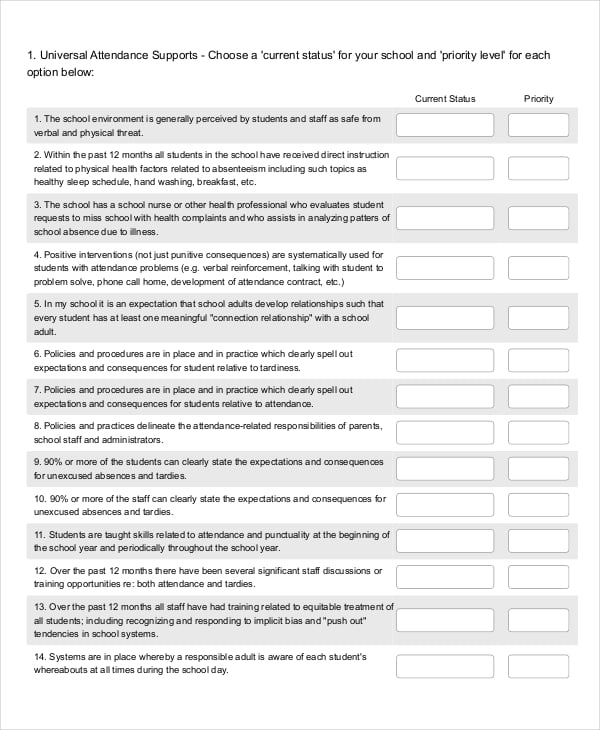

Google Sheets will then hide that data range, but leave the control icon to the side. Toggle hide/show by left-clicking the +/- symbol at the top of each group.Right-click on the highlighted data range and select “Group rows” from the menu.The example shows highlighting rows 7 through 9. Select the rows you want to group by clicking the first row and holding shift while you click the last row.If you’re working on a shared spreadsheet, adding group-based hiding is a great way to preserve the hidden row feature someone else added to the sheet while still being able to view content in hidden rows.Īssigning a group is a straightforward process. Just left-click on the icon to show the hidden rows. The following example shows two hidden groups designed by a “+” icon to the left of the hidden row range. You may encounter workbooks that are already using “group” to hide data. The “group” function assigns a “+/-” icon to a row range that toggles show/hide functionality. Google Sheets has a built-in feature for easy row hiding and showing that doesn’t go away when you choose to unhide data. Google Sheets will now show and select all the rows within the formerly hidden range. Alternatively, you can use the keyboard shortcut Ctrl+Shift+9 on Windows/ChromeOS or Cmd+Shift+9 on MacOS. Right-click somewhere within the selected range and choose“Unhide rows” from the menu.Alternatively, you can select the entire sheet if you want to Ctrl+A on Windows/ChromeOS or Command+A on MacOS. This will highlight the entire range of hidden rows. The example shows clicking on rows 3 and 10.Then hold the “shift” key and select a row below the hidden group range. Manually select the range by left-clicking a row above the first hidden group. Highlight the desired range of rows you want to show.
#UNHIDE COLUMNS ON EXCEL FOR MAC HOW TO#
The following steps demonstrate how to unhide multiple hidden row groupings simultaneously. The process of unhiding two or more groups of hidden rows is the same. The hidden rows are designated by the caret icons above and below the neighboring row numbers.

We can’t see the information in rows 4, 5, 8, and 9. In the following example, Google Sheets is hiding nonconsecutive rows in two groups. However, you may encounter more complicated use cases where you want to unhide multiple row groups or all the rows on a page. The below image shows how Google Sheets will automatically select the data in the formerly hidden row range upon reveal.Ĭlicking the icons is straight-forward for showing individually hidden row groupings. If you left-click on either of the caret icons, Google Sheets will show the data in the hidden rows again. You can tell those rows are missing because the numbering jumps from 3 to 7 and there are up/down caret icons next to the range.

The following spreadsheet is hiding rows 4 through 6. Google Sheets displays upward and downward-facing caret icons on the rows above and below hidden row ranges. Unhide Rows by Clicking the Up/Down Caret Icon


 0 kommentar(er)
0 kommentar(er)
